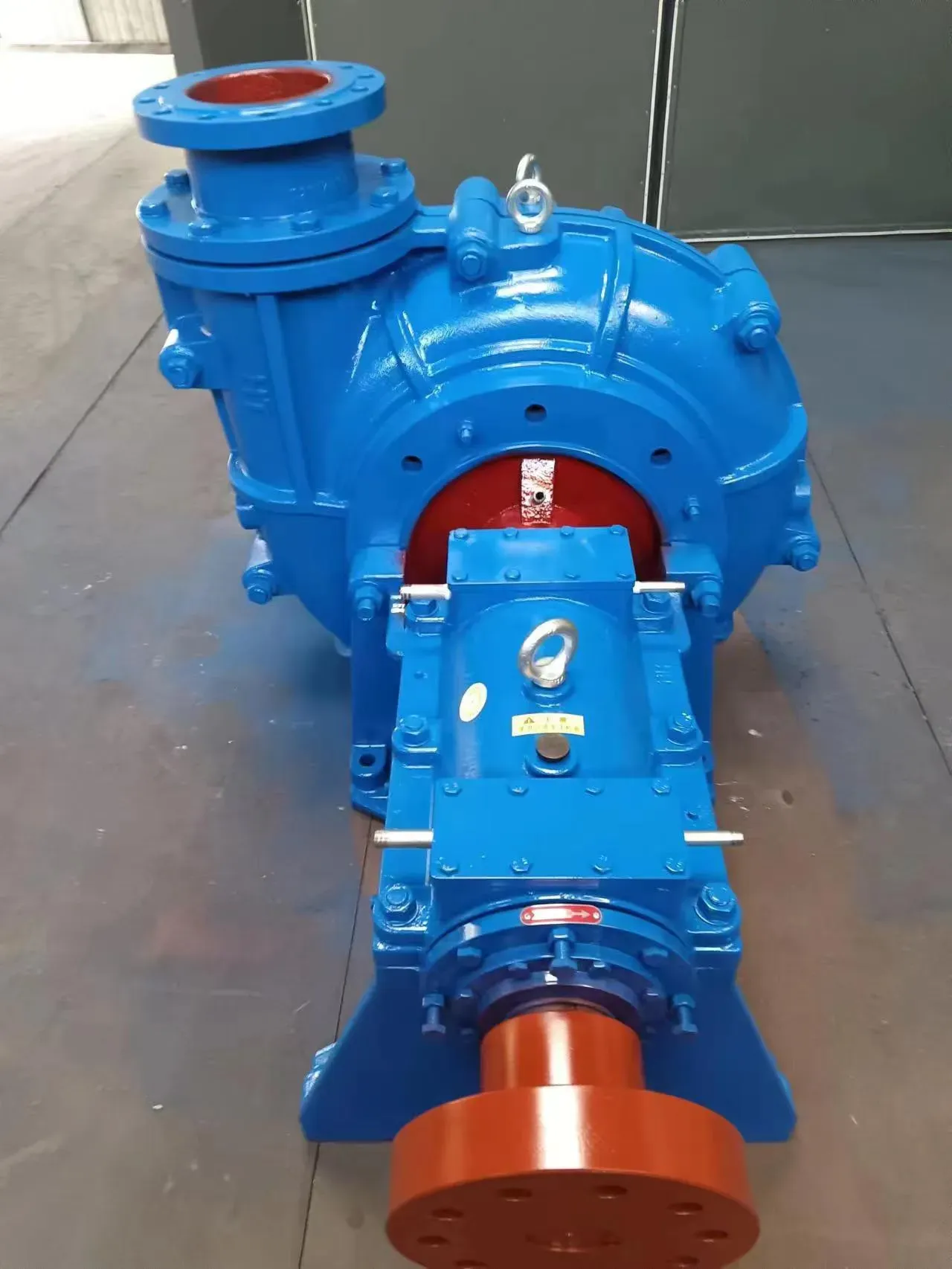Khmer
- Afrikaans
- Albanian
- Amharic
- Arabic
- Armenian
- Azerbaijani
- Basque
- Belarusian
- Bengali
- Bosnian
- Bulgarian
- Catalan
- Cebuano
- Corsican
- Croatian
- Czech
- Danish
- Dutch
- English
- Esperanto
- Estonian
- Finnish
- French
- Frisian
- Galician
- Georgian
- German
- Greek
- Gujarati
- Haitian Creole
- hausa
- hawaiian
- Hebrew
- Hindi
- Miao
- Hungarian
- Icelandic
- igbo
- Indonesian
- irish
- Italian
- Japanese
- Javanese
- Kannada
- kazakh
- Khmer
- Rwandese
- Korean
- Kurdish
- Kyrgyz
- Lao
- Latin
- Latvian
- Lithuanian
- Luxembourgish
- Macedonian
- Malgashi
- Malay
- Malayalam
- Maltese
- Maori
- Marathi
- Mongolian
- Myanmar
- Nepali
- Norwegian
- Norwegian
- Occitan
- Pashto
- Persian
- Polish
- Portuguese
- Punjabi
- Romanian
- Russian
- Samoan
- Scottish Gaelic
- Serbian
- Sesotho
- Shona
- Sindhi
- Sinhala
- Slovak
- Slovenian
- Somali
- Spanish
- Sundanese
- Swahili
- Swedish
- Tagalog
- Tajik
- Tamil
- Tatar
- Telugu
- Thai
- Turkish
- Turkmen
- Ukrainian
- Urdu
- Uighur
- Uzbek
- Vietnamese
- Welsh
- Bantu
- Yiddish
- Yoruba
- Zulu
Telephone: +86 13120555503
Email: frank@cypump.com
ធ្នូ . 04, 2024 16:52 Back to list
sewage pump systems
Understanding Sewage Pump Systems A Comprehensive Overview
Sewage pump systems play a critical role in the management of wastewater, ensuring that sewage is effectively transported from residential, commercial, and industrial environments to treatment facilities. These systems are essential for maintaining sanitary conditions and protecting public health. This article explores the components, functions, types, and maintenance of sewage pump systems, providing a detailed understanding of their significance in modern infrastructure.
What is a Sewage Pump System?
A sewage pump system consists of several components designed to move wastewater and sewage away from a property to a disposal or treatment site. This system primarily includes sewage pumps, control panels, float switches, and discharge pipes. The key function of these pumps is to lift sewage from lower elevations where gravity flow is insufficient, particularly in areas with basement toilets or lower sewer lines.
Components of Sewage Pump Systems
1. Sewage Pump The heart of the system, sewage pumps come in various types, primarily submersible and continuous flow pumps, which are designed to handle the solid and liquid waste contained in sewage.
2. Control Panel This part of the system manages the operation of the pump, ensuring it runs only when necessary. The control panel monitors the levels of sewage and can trigger the pump to start or stop based on the preset parameters.
3. Float Switches Float switches act as sensors within the pumping system. They respond to changing sewage levels, activating the pump when sewage reaches a certain height. This feature prevents overflows and ensures the pump operates efficiently.
4. Discharge Pipe This pipe directs the pumped sewage away from the property to the sewage treatment facility or septic tank. The diameter and length of the discharge pipe must be suitable for the flow rate of the sewage being pumped.
Types of Sewage Pumps
Sewage pumps can be classified based on their operational mechanism and application
sewage pump systems

- Submersible Sewage Pumps These pumps are designed to operate underwater and are commonly used in residential basements where wastewater needs to be lifted to the sewer line. They are efficient and reduce the risk of odors and leaks.
- Ejector Pumps Typically found in homes that do not have access to a gravity sewer system, ejector pumps use a combination of a pump and a jet of water to lift waste from the plumbing system to the sewer line.
- Grinder Pumps These specialized pumps chunk waste into small particles, making it easier to transport through smaller pipes over longer distances. They are often used in residential areas where the sewage must travel uphill or a significant distance.
Maintenance of Sewage Pump Systems
Regular maintenance is key to ensuring the long-term functionality of sewage pump systems. Homeowners and facility managers should follow these best practices
1. Routine Inspections Regularly inspect the pump and its components for signs of wear and damage. Look for leaks and ensure that the float switches are not obstructed.
2. Cleaning Periodically clean the pump to prevent clogs caused by grease, sludge, or other debris. This helps maintain optimal performance.
3. Professional Servicing It is advisable to schedule professional inspections at least once a year. Experts can perform detailed diagnostics and rectify any potential issues before they lead to system failures.
4. Emergency Preparedness In the event of power failures or heavy rainfall, having a backup generator for the pump system can prevent sewage backup and overflow.
Conclusion
Sewage pump systems are indispensable in managing wastewater effectively, enhancing public health, and protecting the environment. By understanding their components, types, and maintenance needs, property owners can ensure their sewage systems function efficiently, minimizing the risks associated with poorly managed sewage. Proper care and timely maintenance not only extend the lifespan of these systems but also contribute to a cleaner and more hygienic living environment.
-
Custom Drilling Mud and Slurry Pump Supplier - High Efficiency, Tailored Solutions
NewsJun.10,2025
-
Supply Vertical Submersible Sewage Pump High-Efficiency WQ/QW Pumps Supplier
NewsJun.10,2025
-
Premium Sewage Ejection System & Pumps Efficient Waste Removal
NewsJun.09,2025
-
Premium Wholesale Slurry Pump Impellers Durable & Efficient Slurry Handling
NewsJun.09,2025
-
Top Sewage Pump Companies Durable Industrial Solutions for Efficiency
NewsJun.09,2025
-
Heavy Duty Slurry Pumps - OEM High Performance & Bulk Wholesale
NewsJun.09,2025










